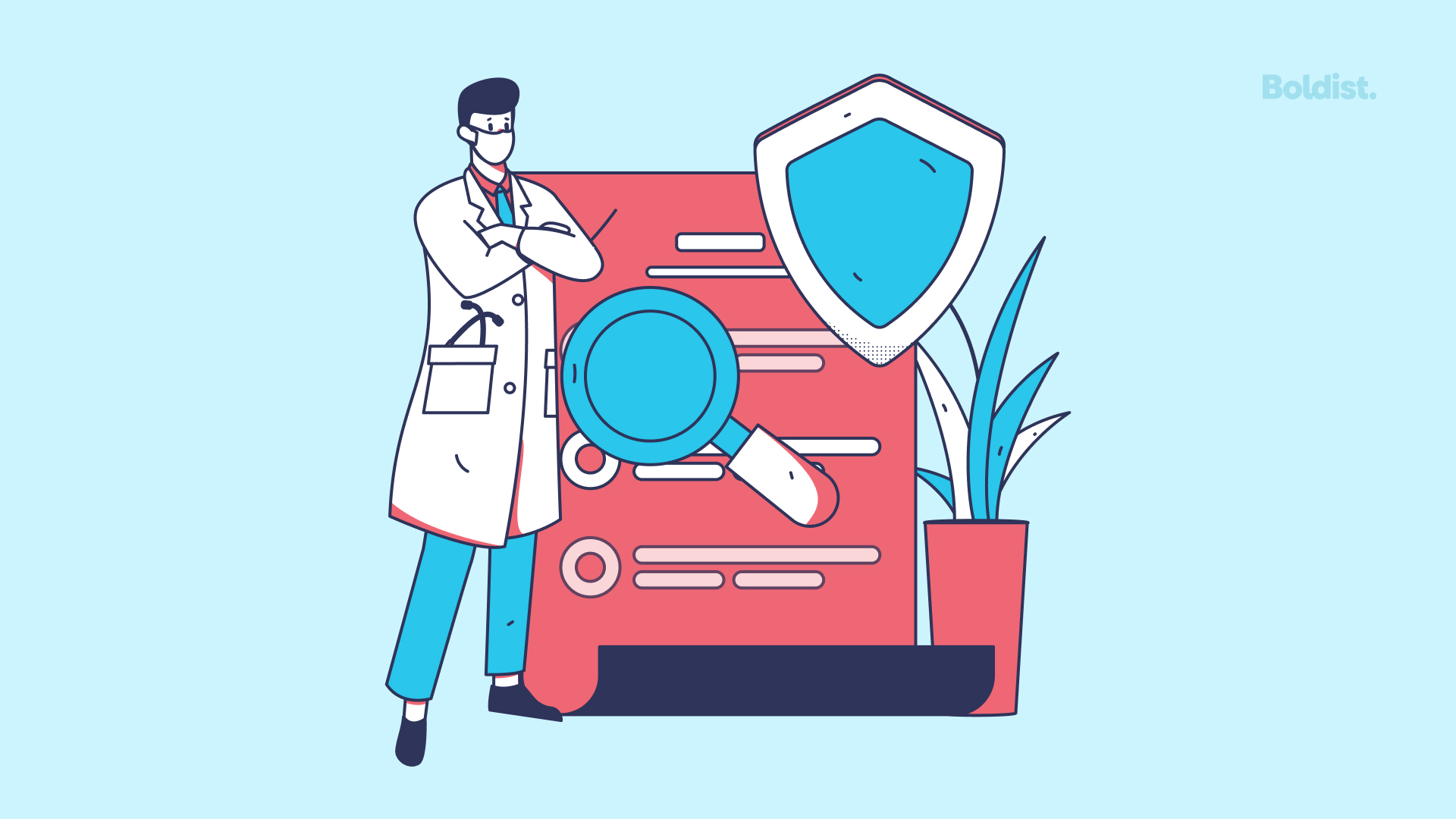This blog was written during the 2020 COVID Pandemic.
Since the start of the global pandemic, society has undergone many changes: a presidential election, social justice movements, and quarantine mandates, to name a few. With social distancing, life has changed, and for the majority, those changes have inspired shifts in how people think and consume.
Some of these changes are accelerations of trends long in the making, while others have changed direction.
What is clear is that each trend will affect successful businesses’ sales strategies, marketing plans, and offerings. Hundreds of thousands of companies have closed since early March, and if you don’t want to join them, you need to adapt.
And it won’t be a simple matter of weathering the storm, either. The changes in consumer mindset that are underway are here to stay for the long term. As many as 42% of people admit that the way they shop will change for good.
It’s time to ready your COVID-19 marketing strategy, and learning about the most significant changes in consumer behavior is a good place to start.
Openness to Data Sharing
With COVID-19 came contact tracing software that could track the spread of the virus. This software contributes to personal safety and society’s safety at large by minimizing contraction of the illness. It also comes with a catch: For it to work, consumers have to forfeit their data.
Reports since have revealed that consumers are willing to give up personal data for a good cause. And as consumers become more comfortable and accepting of providing personal data, it will become easier to obtain.
Among increased regulation of privacy, this is a particularly significant trend in consumer behaviors.
How to Adapt Your Business
With more customer data comes more accurate business investments and marketing strategies. To take advantage of this insight, gain permission to capture user data by offering incentives and explaining the good that comes of it. As more data comes in, be sure to monitor it closely and adjust your marketing plans accordingly.
The Shift Towards Digital
The move online is hardly a new one, but it has escalated as consumers manage isolation from social distancing with new activities online. Connecting with friends and family, the growth of remote work, increased free time to spend streaming and gaming, and moving shutdown classes and activities online have all contributed to the shift.
As long term online consumers expand their use and newbies get comfortable, the opportunity to connect with users shouldn’t go unnoticed. Close to 45% of people expect that digital channels will become their primary connection to brands.
How to Adapt Your Business
To remain competitive and reap the digital trend’s benefits, you need to get your business online if it’s not already. You should be present and active on every social media platform and touchpoint relevant to your brand. You’ll also want to start keeping up with online trends.
Although shopping in-app on social is easier than ever, it’s crucial to note that being present is more than selling your products. A big point of being online is to spread awareness and build your brand community.
As consumers adapt to new technologies, now is also your chance to invent or try something new, whether that be a business app or switching offerings to online classes or events.
While you familiarize yourself with the online world, don’t forget to follow best practices for social media fact-checking yourself.
Only the Essentials, Please
When it comes to consumer behaviors, general psychology still applies, and Maslow’s hierarchy of needs could explain the trend towards the essential. Since the pandemic began, consumers have moved to spend less on discretionary items and more on health-related goods.
This is partly because 43% of consumers worry about their financial security in the upcoming year, and net spending will likely decrease by 21%.
As a result, meeting basic physiological and safety needs have taken priority and influenced buying habits.
How to Adapt Your Business
If you’re able to, aim to position your brand and products as supportive of healthy lifestyles. Make your products more appealing to health-conscious consumers, create cheaper items that you can offer at a discount, or add value to existing products to make them worth purchasing.
We also suggest keeping your employees and business locations within CDC guidelines for preventing the spread of COVID-19. The safer you can make your customers feel, the better.
Ecommerce and Delivery
Part of the shift towards digital is the new age of online shopping. Ecommerce has witnessed a surge since shopping online is safer than shopping in person. As more consumers try shopping online, many will come to enjoy the convenience and selection and continue to shop this way post-pandemic.
And in case there was any doubt, this trend extends beyond grocery shopping. About 71% of US adults plan on doing over half of their holiday shopping online in 2020.
How to Adapt Your Business
First, if you haven’t optimized your website for selling online, this is a must. You also need to make sure that your audience knows they have the option to buy from you online. We suggest further taking advantage of the changes 2020 has wrought by refining your ecommerce site for the holiday season.
When building your website, focus on creating a great user experience and easy-to-use interface so users return.
If you can, use new technologies like augmented and virtual reality to showcase your online products and give users a better sense of what they’re getting.
You’ll also want to offer safe delivery options without contact. If you run a local business and don’t feel prepared to take on shipping, offer curbside pickup. Curbside pickup has recently shown record YOY growth of up to 208%, making it a great way to increase sales for businesses large and small.
Forging New Loyalties
Want to bring your COVID-19 marketing strategy to the next level? Draw on consumers’ lack of loyalty amidst the crisis. Consumers are more willing to try new brands now as they search for a better price or value, can’t find their go-to in stock, aim to support local businesses, or feel that an option is healthier or safer.
Recent studies show that 73% of consumers have adapted an average to high level of comfort with buying from new brands during the pandemic, providing a great opportunity to discover new business and products.
How to Adapt Your Business
To take this opportunity by the reins, don’t be afraid to compete:
- Get your products near the big players’, and emphasize lower prices, added value, or health-boosting factors.
- If you can, promote your local appeal or locally sourced products while engaging with the community in relevant ways.
- Keep your items in stock so they’re available when bigger brands run out.
Of course, this trend goes both ways and can pull new or loyal customers away from your brand. To keep your customers for the long term, be sure to build your brand community, emphasize user experience and customer service, and engage with consumers’ emotions.
Life in the Slow Lane
Loads of workers have migrated their job duties to the home, and remote work has resulted in a massive shift in the average person’s schedule. The regular 9-to-5 no longer reigns supreme as flexible scheduling changes the way consumers live. With more free time on their own time, lives have taken up a more relaxed pace.
While people have used this time to consume more content on the digital side, some will begin to experience screen fatigue as time progresses. As this happens, more people will turn to offscreen activities as well.
How to Adapt Your Business
To adapt your marketing plan to this trend, adjust your messaging to fit in with consumers’ desire to slow down, do their own thing, and practice self-care.
In case your audience begins to experience screen fatigue, prepare ways to engage with them offline to maintain brand awareness. Creating brand puzzles is one way that creative brands have done just that.
The Rise of Conscious Consumption
Cost-conscious consumers looking to stretch their dollar and cut waste aren’t the only ones becoming more aware of their buying choices. Despite a desire to save, there’s a growing sense of community responsibility resulting from the pandemic. More consumers are donating to charities and choosing what businesses and products to support based on sustainable and ethical practices.
Among these ethical practices, how businesses treat their employees during the pandemic is of concern to buyers. Many have stated that businesses’ actions during this time will determine their support of the company post-pandemic.
This consciousness trend is prevalent among consumers who have been directly impacted by the virus, either by contracting it themselves or knowing a loved one who has.
How to Adapt Your Business
Although it’s always good practice, make sure you’re putting forward efforts to treat your employees and customers well in this critical time. Make it clear that their safety is your top priority, and act on that will by following safety guidelines. Create a response plan for issues arising from COVID-19, and feel free to share it with the public so others may follow suit.
If you have room in your marketing budgets, take the opportunity to give back to the community in some way and promote how your business or products are benefiting the social good.
A warning, though, to only promote it if it’s true. Otherwise, you face heavy backlash and dangerous repercussions.
Prepare your Business for the Post-Pandemic Era
The effects that the pandemic will have on society are far from over, and the changes in consumer mindset will remain. In other words, if your business isn’t doing well, don’t try to wait it out. Adapt your marketing plan now.
If you’re ready to push forward and create a successful COVID-19 marketing strategy with consumer behavior in mind, let this article be your starting point. If you need help building or adjusting your website for ecommerce and embracing the digital era, let the experts help.


